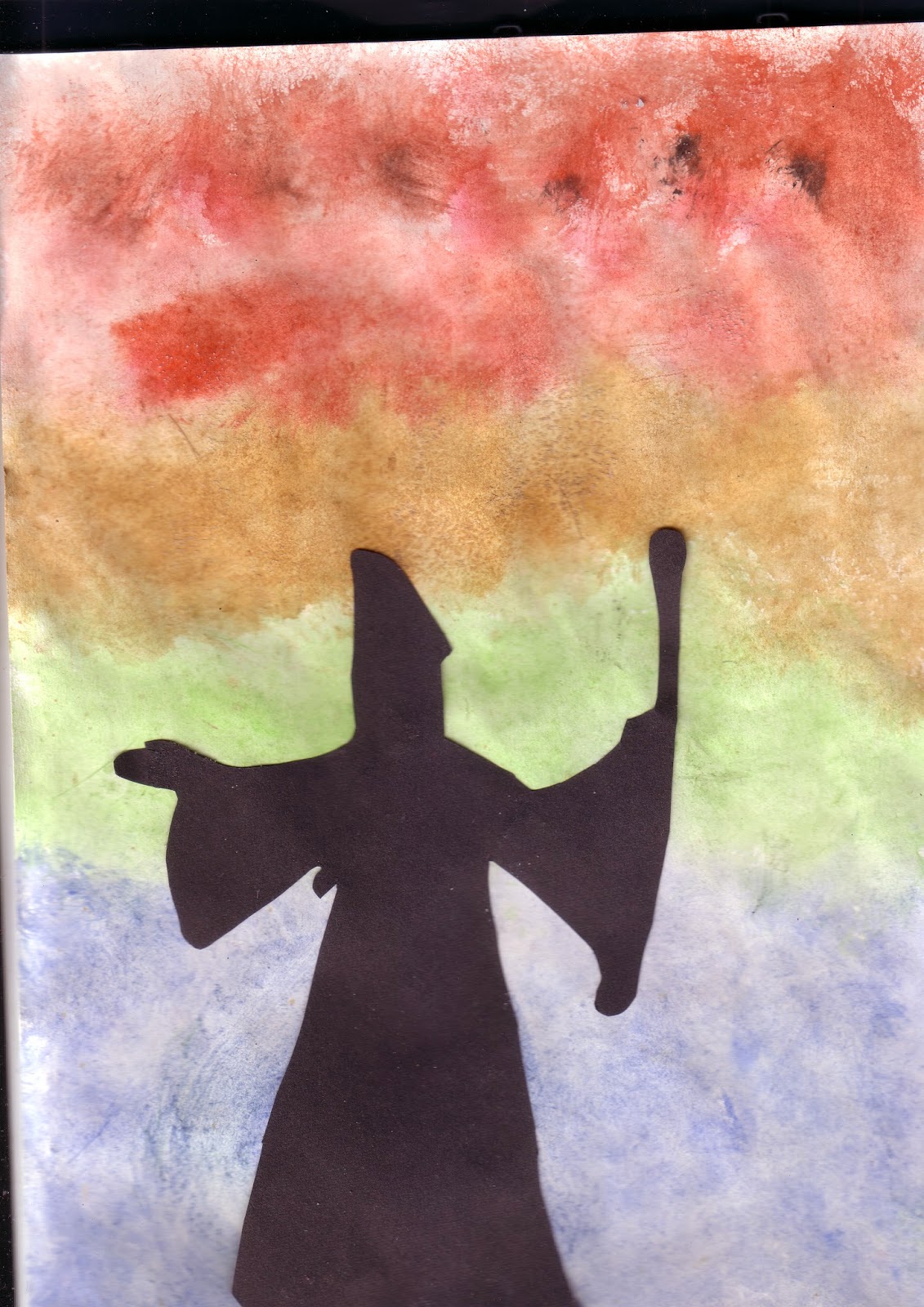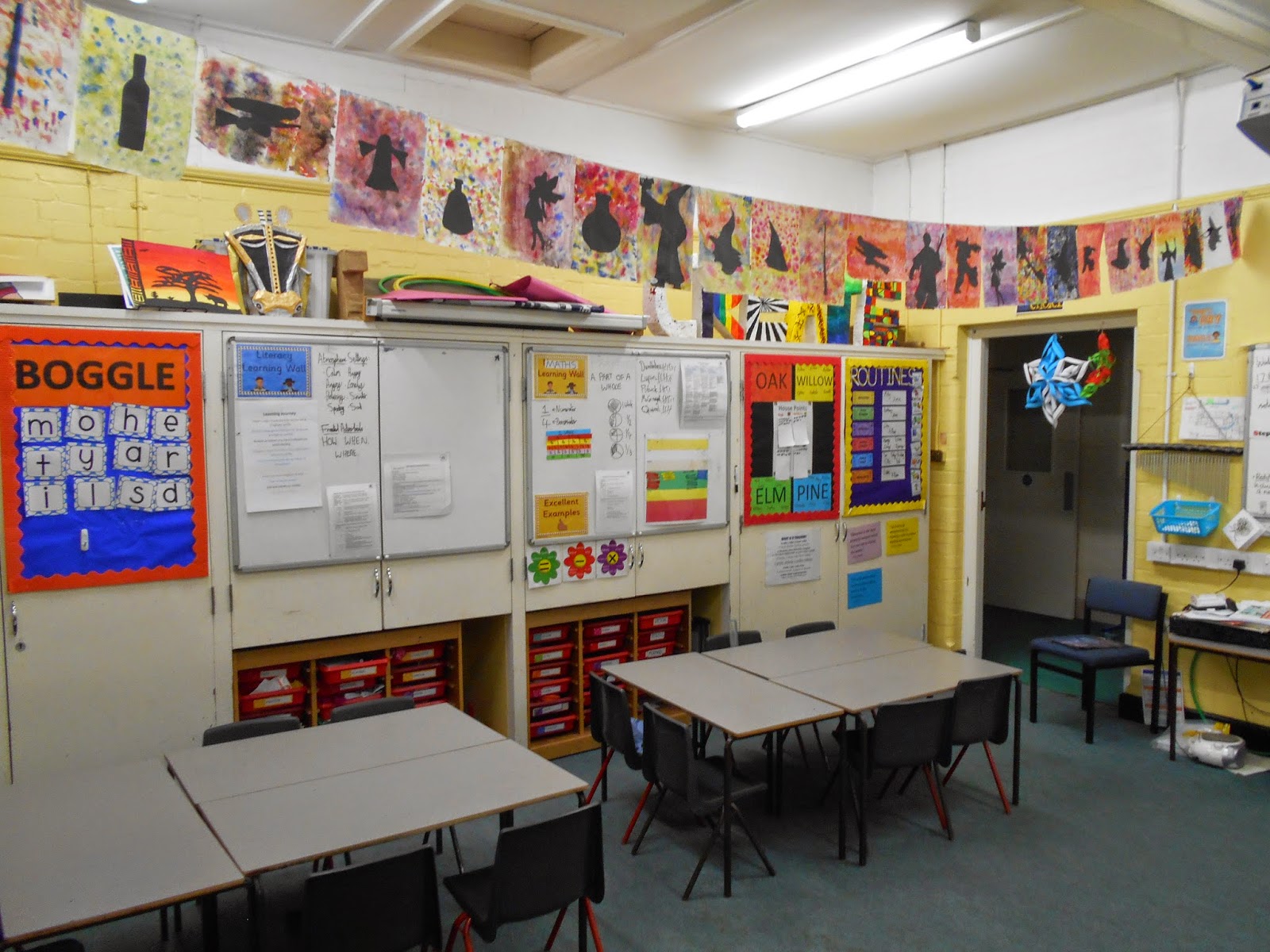Right, this should bring us up to date! This half-term our topic is called 'Potions' and last Friday we did our first art activity related to it.
We looked at a range of pictures of potion bottles and discussed their shapes and designs. We then looked at a short video of an artist sketching and some other pencil drawings of bottles. We talked about form and shape and then sketched rough ideas for our own bottle.
In year 3, we did some sketching but we never really broke it down to the basics. As you will see, sketching isn't a strength of mine but I thought if I could break it down into easier steps for the class then we might end up with some interesting results.
Step 1
Lightly draw a rough outline for the potion bottle. It is important to push very gently and to use short strokes rather than just one continuous line.
Step 2
Pupils were then told to draw a small arrow in the top-left corner of the page. This shows where the light is going to come from. They then had to go over their outline much more firmly where the light would not be able to reach.
Step 3
Next, children carried on shading, though not as dark, along the outlines that aren't in the light. The shading should be going towards the middle of the bottle.
Step 4
We had previously discussed about the use of smudging and how to do it carefully and purposefully. They could then carry on smudging their pencil towards the centre of the bottle again. I told the class that I didn't want to be able to clearly see pencil-marks where they had been shading in step 3.
Step 5
Students could finally shade in a light shadow on the surface and add any extra final details/shading until they were satisfied with their work.
As I said, sketching/drawing isn't my strength at all (and some of the children put me to shame!) but I was still quite pleased with this basic work and feel that the steps can be used with good success. Here are some examples:
Many of these children had previously struggled with light sketching and taking their time and would never have thought they could produce such realistic-looking sketches. They listened very carefully and I feel they all achieved something in this lesson.
DB.













































